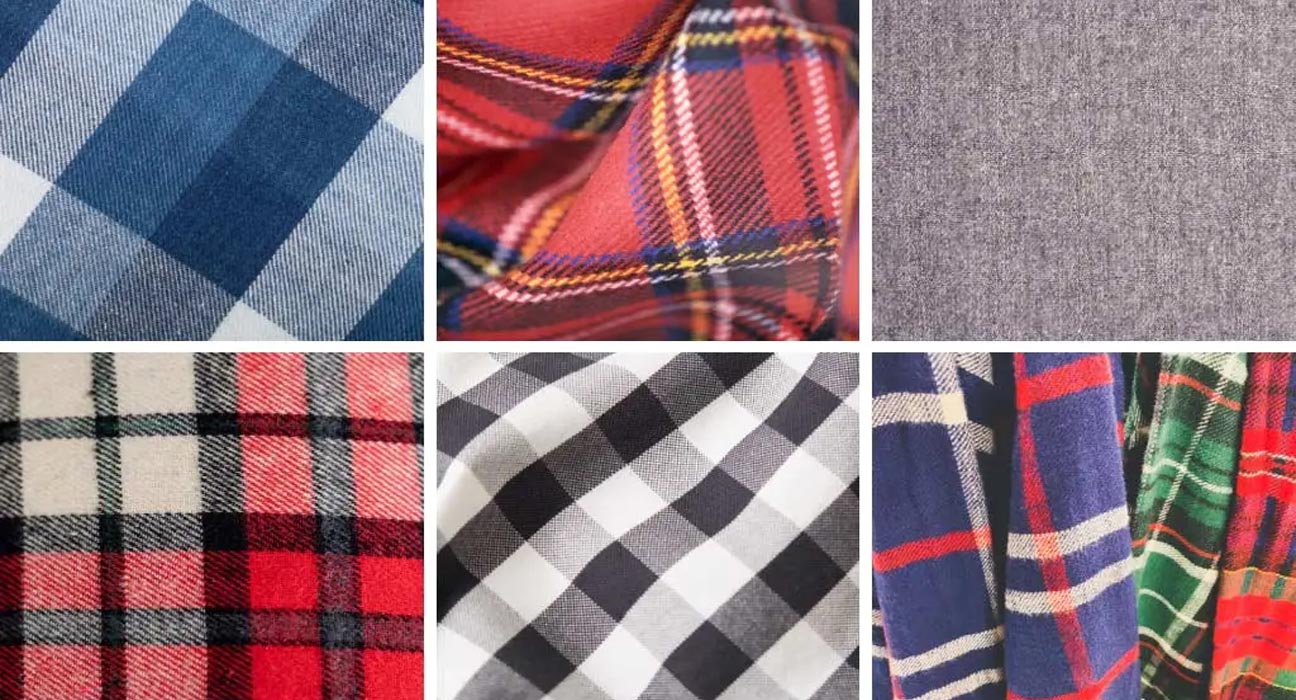Introduction
Flannel Fabric Construction. Flannel is a soft woven fabric, of various fineness. It was originally made from carded wool or worsted yarn; but is now often made from either wool, cotton, or synthetic fiber. It is commonly used to make tartan clothing, blankets, bed sheets, and sleepwear.
Flannel Fabric Properties
Softness: Fabric must be incredibly soft to be considered flannel.
Texture: Flannel has either a brushed or unbrushed texture, and both textures are equally iconic.
Material: While many materials can be used to make flannel, not all materials are suitable for this fabric. Silk, for instance, is too fine to be made into flannel, which is supposed to be both soft and insulative.
Types of Flannel Fabric
Baby flannel is a lightweight fabric used for childrenswear.
Cotton flannel or Canton flannel is a cotton fabric napped on one side or two sides.
Ceylon flannel was a name for a wool and cotton mixture.
Diaper flannel is a stout cotton fabric napped on both sides, and used for making cloth diapers.
Vegetable flannel, invented by Léopold Lairitz in Germany in the 1800s; uses fibers from the Scots pine rather than wool.
Flannel Fabric Construction
A twill or plain weave is usually used to make flannel, and the woven fabric may be napped on one or both sides to create a soft texture that hides the weave.
Napping is a process that distresses the spun fiber and makes it take on the appearance of unspun fiber.
Naturally, the fiber stays together since it has been woven into a matrix, but napping does decrease the durability of the fabric somewhat.
Application and Uses
Accessories
Flannel is sometimes used in bags, purses, and belts, often with a plaid color pattern.
Homewares
Due to its association with plaid, many decor items and other homewares feature flannel napping.
This fabric type is especially popular in bedsheets; many consumers prefer flannel sheets during the winter due to their increased softness, moisture wicking; and perceived coziness.
Reference: Wikipedia





